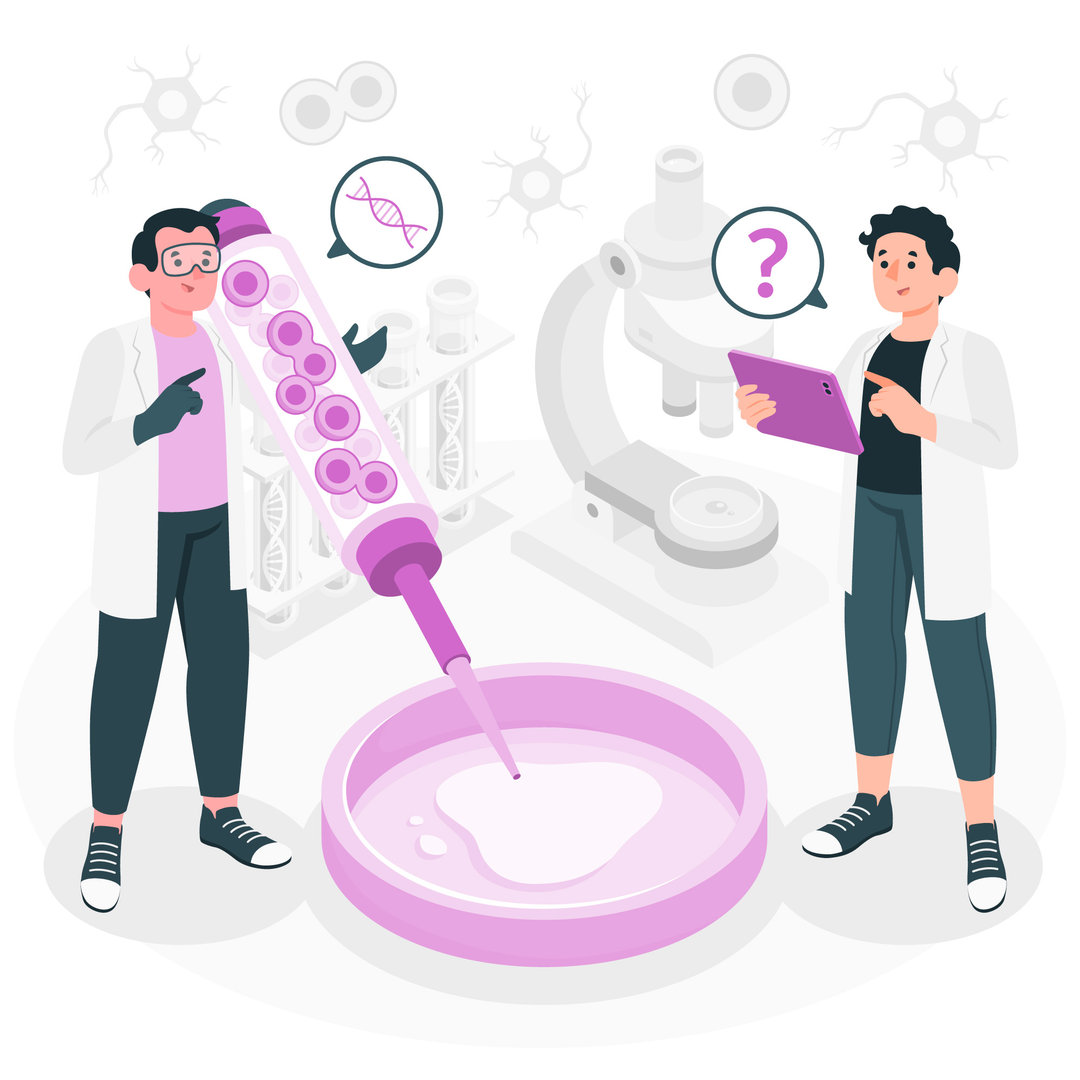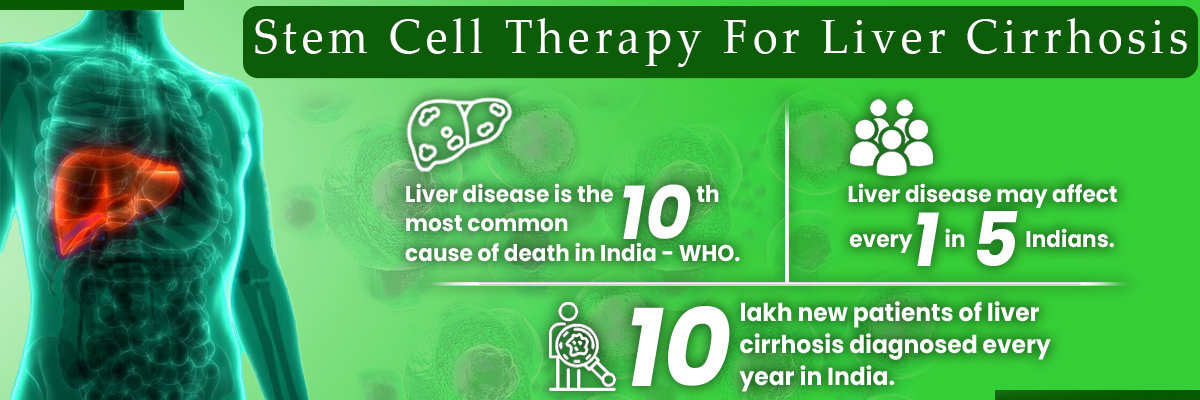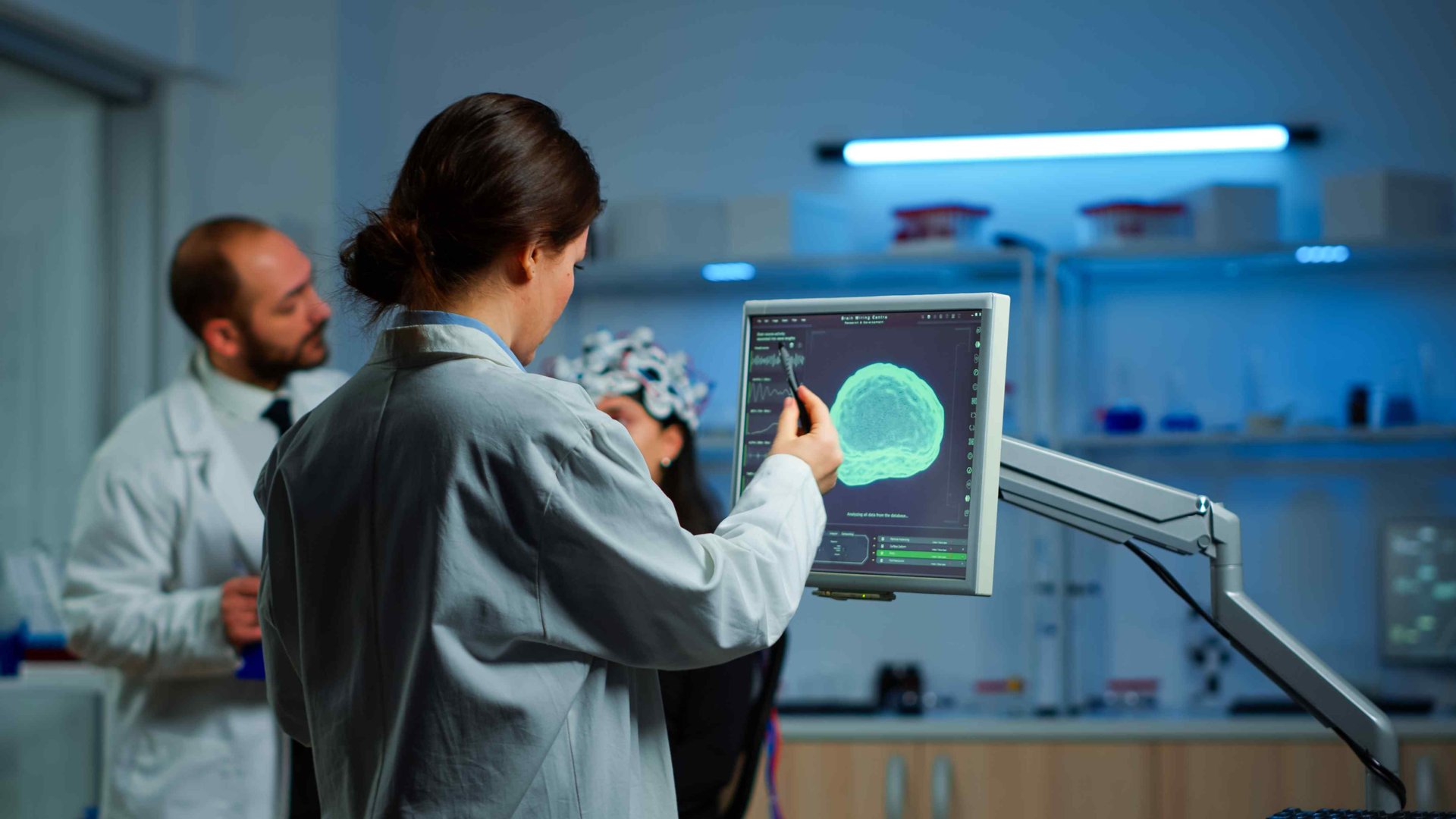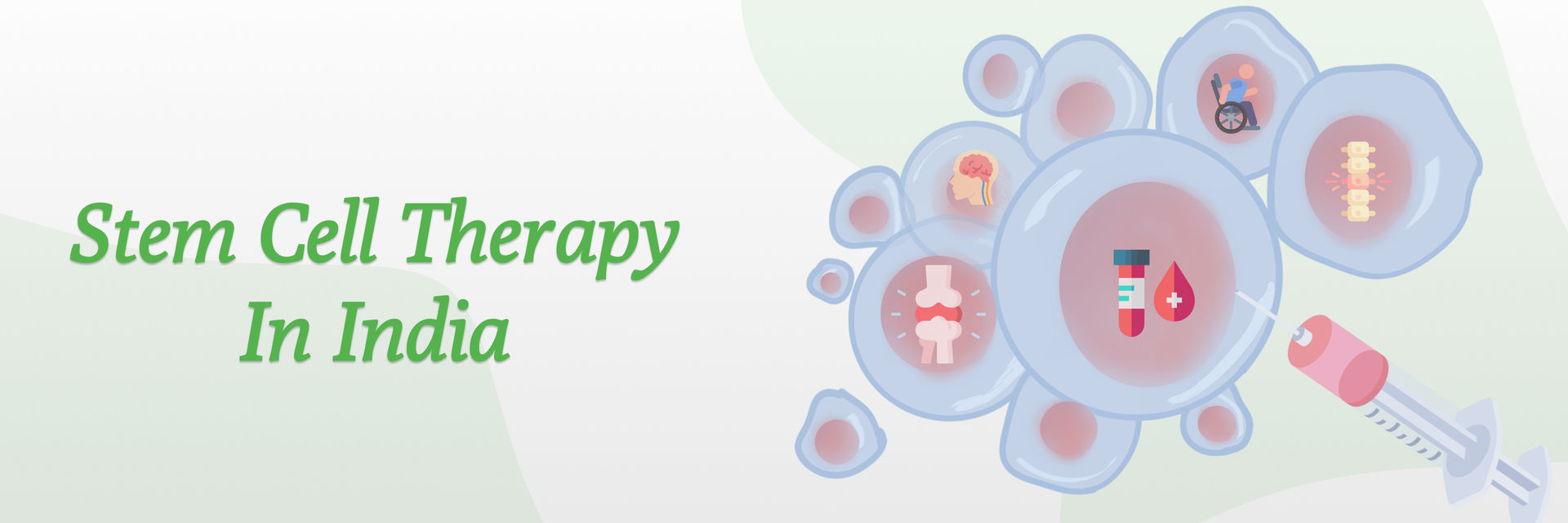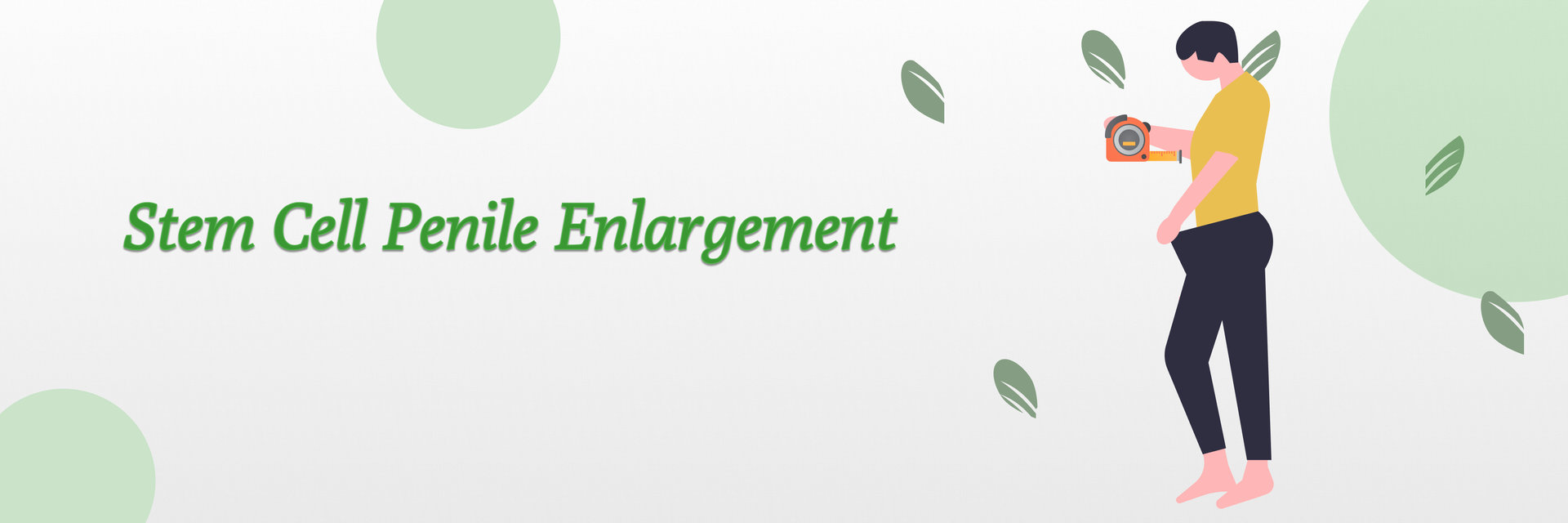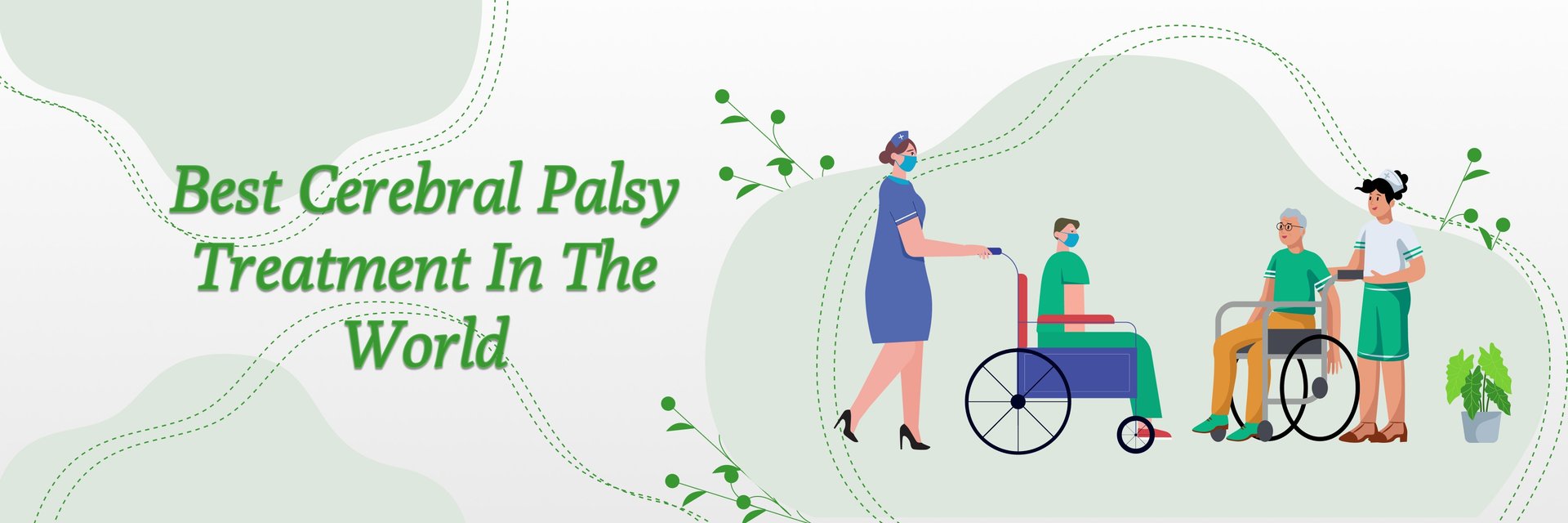Introduction
Osteoporosis is one of the quietest yet most fatal bone diseases to strike millions of people worldwide. It makes the bones brittle and frail and susceptible to breaks, particularly in the hips, spine, and wrists. Conventional osteoporosis treatment is geared toward avoiding further bone loss instead of reversing the condition. That is where stem cell therapy has been creating a buzz. Connect with a medical professional to know in-depth about the topic.
Due to the rapid pace of Stem Cell Research, we are currently considering next-generation therapies such as mesenchymal stem cells and exosome therapy as potential game-changers. Stem cell-based therapy has the potential to revolutionize our approach to treating age-related bone disease. Here in this blog, we will examine all the way from the fundamentals up to the future of osteoporosis stem cell treatment.
What Is Osteoporosis?
By the osteoporosis definition, it's a medical condition whereby the bone density slowly decrease over time and makes bones weaker and more susceptible to fractures. Osteoporosis is sometimes mistakenly called osteopenia, a less severe bone loss. If you're searching for the osteopenia definition, it's a condition of lower bone density than normal, but not low enough to qualify as osteoporosis.
Osteoporosis causes include age, particularly post-menopausal age in women, low calcium and Vitamin D levels, hormonal changes, hereditary history of bone disorders, and lack of physical activity. All these interfere with the normal balance between building and reabsorbing bones. Osteoporosis symptoms can be frequent fractures, loss of stature, chronic back pain caused by fractured vertebrae, and slouching. The fact that most individuals do not know they have osteoporosis until they experience a bone break, and that such, early detection and management of osteoporosis are paramount in an attempt to avoid severe complications.
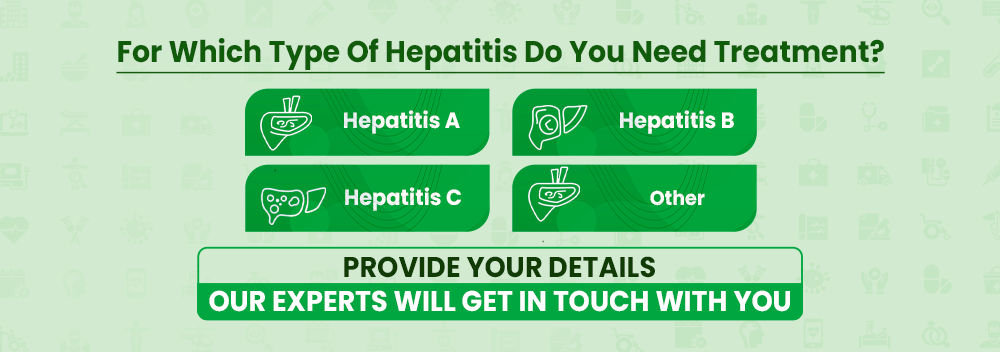
Current Treatment For Osteoporosis
Osteoporosis treatment conventionally involves the prescription of drugs, supplements, and diet modification in an attempt to control symptoms and avoid bone loss. Amongst these drugs, bisphosphonates, SERMs, and calcitonin are usually prescribed to slow bone loss. A recently developed drug, teriparatide injection, accomplishes this by stimulating bone growth, instead of merely slowing bone loss. Physicians also prescribe regular consumption of calcium and Vitamin D in the form of diet or supplements to prevent weakening of bones.
Patients are also urged to adopt a bone-building diet and regular weight-bearing exercises such as walking or low-resistance exercise. Although these therapies improve the stability of the disease, they do not suffice when it comes to reversing bone loss. This lack has resulted in greater enthusiasm for other, so-called alternative therapies, such as stem cell therapy and other regenerative medicine.
What Are Stem Cells?
Stem cells, also referred to as staminal cells, are master cells of the body. They have a special property of changing into specialized cells. Such cells can multiply and give rise to duplicates of themselves or change into muscle, blood, or bone cells under proper conditions. It is this property of regeneration that makes them effective in treating bone disease and disorders.
Stem cell storage and stem cell preservation are being viewed more and more as an investment in the future well-being, particularly with an increasing number of people realizing their long-term value. This has generated interest in stem cell storage cost and stem cell preservation cost, especially among individuals and families who want to bank these potent cells to use them in the future for osteoporosis, joint degeneration, or other diseases that take a long time. If you are considering stem cell therapy as a viable treatment option, you can book a doctor video appointment on our platform in just minutes.
How Stem Cells Prevent Osteoporosis
Stem cell therapy tries to reconstruct bone by addressing the root of the issue: damaged bone tissue. Mesenchymal stem cells (MSCs), usually derived from bone marrow or fat, have the unique capacity to become osteoblasts—the bone-building cells—that construct bone. When transplanted inside the patient's body, MSCs migrate toward damaged bone tissues and start the regrowth process by constructing the structural framework necessary.
Exosome therapy, more recent than BMAC, takes advantage of the repair signals emitted from stem cells to cause nearby bone cells to heal and regenerate. Exosomes are such small messengers containing proteins, RNA, and other signals that stimulate tissue repair. Both MSCs and exosome therapy are such a powerful combination in reversing osteoporosis-induced bone loss. Where medication for osteoporosis alone is not enough, stem cell therapy could be an option to repair what has been lost.

Types Of Stem Cells Used
Certain stem cells are under research and applied in managing osteoporosis. Of these, mesenchymal stem cells are most commonly applied since they are highly versatile and possess an already established ability to transform into bone-producing cells. They come from bone marrow, fat tissue, or even umbilical cords in some instances.
Hematopoietic stem cells, which under normal circumstances are used for the production of blood cells, may be utilized every so often in cases of stem transplant but are not crucial in osteoporosis.
Induced pluripotent stem cells (iPSCs) are indeed adult cells that are reprogrammed in a lab so that they function like embryonic stem cells. They have produced promising outcomes in initial-stage medical studies, but are yet to be in widespread use because of government prohibitions and ethics. Nonetheless, they are very promising to be use in the regeneration of bones in the future.
Benefits Of The Treatment
Stem cell therapy presents a variety of positive advantages over traditional therapies. It is quite a long way from treating only the symptoms and instead goes to initiate the body's healing process. For patients who have been non-compliant with traditional osteoporosis medication, stem cell therapy presents a possibility for real recovery. This is a customized and non-invasive treatment for the disease, in contrast to surgical implants or bone grafts.
The employment of mesenchymal stem cells and even exosome therapy allows the therapy to be targeted. The ability to regenerate normal bone tissue, strengthen skeletal structure, and minimize the risk of fracture makes the use of stem cell therapy a novel method of bone and density restoration. Also, through minimized dependence on long-term drug therapies, the quality of life of the patient generally improves in the long run.
Risks & Limitations Of Treatment
As great as it is, stem cell therapy is no silver bullet. Among the main challenges, one of them is that the therapy remains to be accepted and standardized everywhere. Long-term clinical trial results are still being created, and consistency and dependability are among the issues. Results in patients will differ based on age, overall health, and level of bone loss.
The cost of stem cell preservation and storage can be an insurmountable hurdle for others, particularly in nations where such experimental therapy is not covered.
Furthermore, ethical controversy surrounding embryonic stem cell use still lingers, although the majority of osteoporosis treatments utilize adult stem cells. Presently, stem cell therapy has promising potential, yet it must still follow stringent testing and approval procedures to become an accepted form of osteoporosis treatment overall.

Post-Treatment Care
Follow-up therapy is a large factor in ensuring the highest degree of success from stem cell treatment. Patients are typically placed on routine checks for changes in bone density, using scans and lab work to monitor progress. In certain instances, medical professionals will also incorporate physical therapists to assist in regaining muscle strength and mobility.
Supplementation remains necessary with a focus on the need to keep Vitamin D and calcium levels at optimal levels. Depending on the situation, physicians can still prescribe osteoporosis treatment in conjunction with stem cell treatment to provide a holistic plan of treatment. Lifestyle modification through fall-proofing the home, mild exercise, and quitting smoking also contributes to the long-term success of the treatment.
Cost Of The Treatment
Stem cell osteoporosis treatment is of recent origin, and as such, it is costly. It normally costs anywhere from INR 2.5 lakhs to 7 lakhs for a complete treatment process in India. This may differ based on several factors, such as the popularity of the clinic, the ease of the condition, and the protocol applied for treatment.
Also, the storage charge that involves the collection, processing, and annual preservation can range between INR 50,000 to 1 lakh annually. Though these charges might appear to be high, they are sure to reduce once the technology gains popularity. In order to secure the best deal, it is advisable to search for a trustworthy medicine portal or contact the clinics directly offering stem cell treatment.

Future Scope Of Treatment
The outlook for stem cell osteoporosis therapy is bright. Scientists are developing the application of 3D bioprinting alongside stem cells to create personalized bone grafts. Gene-editing technologies such as CRISPR are being applied to streamline stem cell treatments into more targeted and effective forms, designed for genetic profiles.
Exosome therapy is increasingly emerging as a cell-free alternative to conventional stem cell use. Clinical trials are advancing leaps and bounds internationally, and governments across the world are now increasingly taking the initiative to promote Stem Cell Research in degenerative bone disorders. All these indications point to a future where the therapy via stem cells may increasingly transform into a first-line therapy for the therapy osteoporosis and also reversal.
Summary
Osteoporosis is a debilitating, commonly neglected disease that weakens bones and bone density, making everyday life dangerous and uncomfortable for its victims. Conventional osteoporosis treatments such as teriparatide injection and bisphosphonates inhibit the disease but can't reverse bone loss. Stem cell therapy—specifically with mesenchymal stem cells—promises a revolutionary new therapy for mending bones from the inside out.
While still with its cons, such as humongous expenses and regulatory challenges, the virtues of this regenerative treatment cannot be dismissed. With Stem Cell Research advancing by leaps and bounds, stem cell therapy, exosome therapy, and the like will definitely be the ones to spearhead how we treat bone ailments such as osteoporosis. To those who yearn for more than symptomatic control, this may just be the future they have been anticipating.
